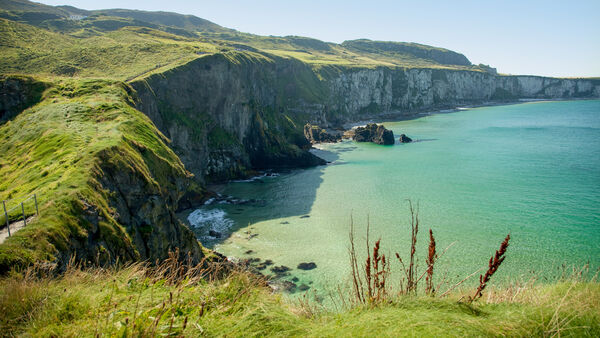When to Go to Ireland
By Rick Steves and Pat O'Connor
Peak season (June through early September) is our favorite time to visit because of the longer days (with daylight from 4:30 until 22:30 — Dublin is as far north as Edmonton, Canada). Note, though, that summer crowds affect Dublin, the Cobh/Cork region, and Belfast, partly due to increasing cruise-ship traffic.
Travel during "shoulder season" (mid-April through May, plus late September through October) offers fewer crowds, less competition for rooms, and all the tourist fun.
Winter travelers experience no crowds and soft room prices, but also stiffer winds, colder rain, and shorter sightseeing hours (sights open only on weekends, or closed entirely November–February). Live music and pub crawls are limited to weekends. Winter weather can be chilly, dreary, and blustery, dampening the island's rural charm, though city sightseeing is fine. A few big festivals brighten these darker months, including, of course, St. Patrick's Day in mid-March, as well as a surprisingly huge Halloween celebration in Derry.
The weather can change several times in a day, but rarely is it extreme. Daily averages throughout the year range between 42°F and 70°F. Temperatures below 32°F cause headlines, and days that break 80°F — while increasing in recent years — are still rare. No matter when you go, expect rain — Ireland doesn't have a reliable dry season, as rainfall is ladled out evenly throughout the year. Just keep on traveling, dress in layers, consider sunny days a bonus, and take full advantage of "bright spells."
Pat O'Connor is the co-author of the Rick Steves Ireland guidebook.


